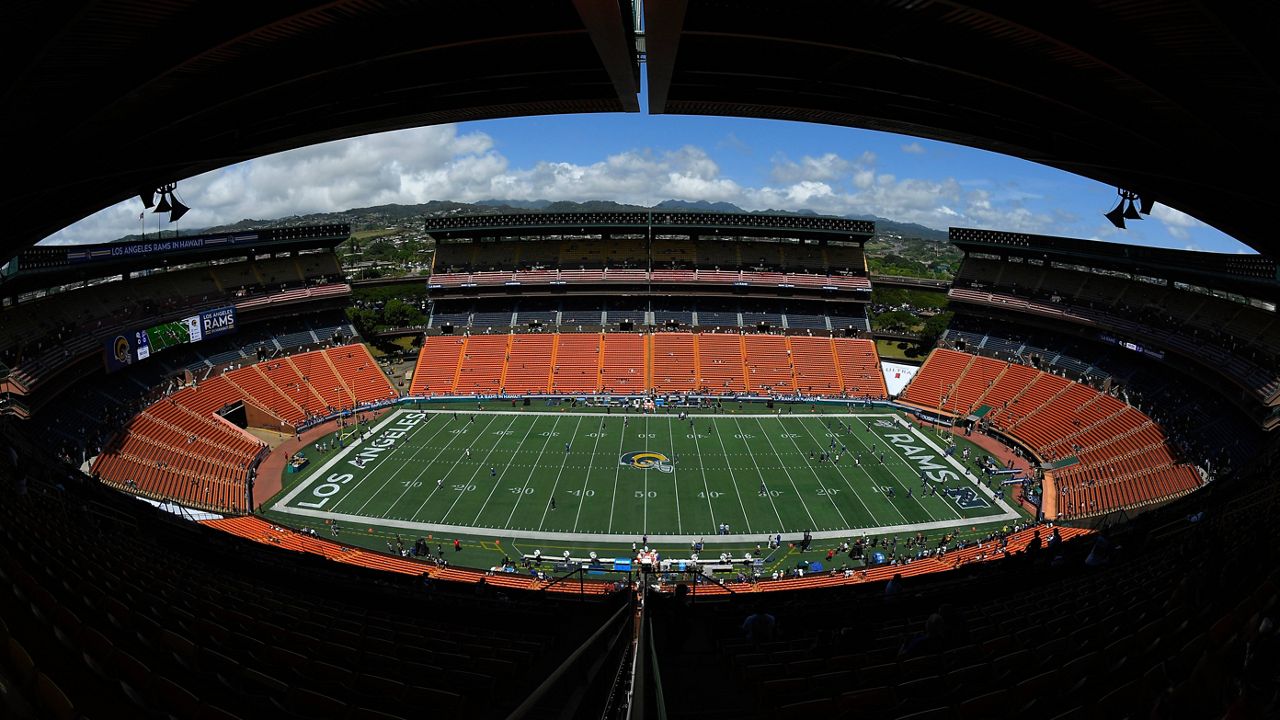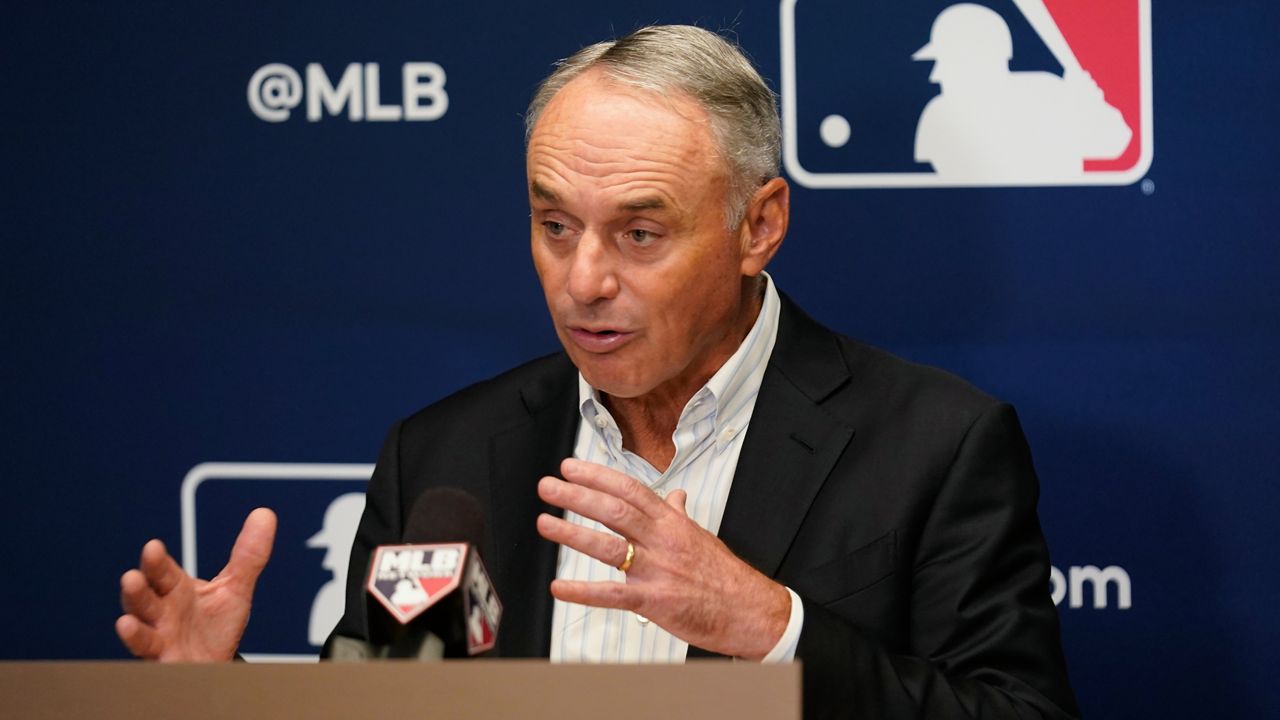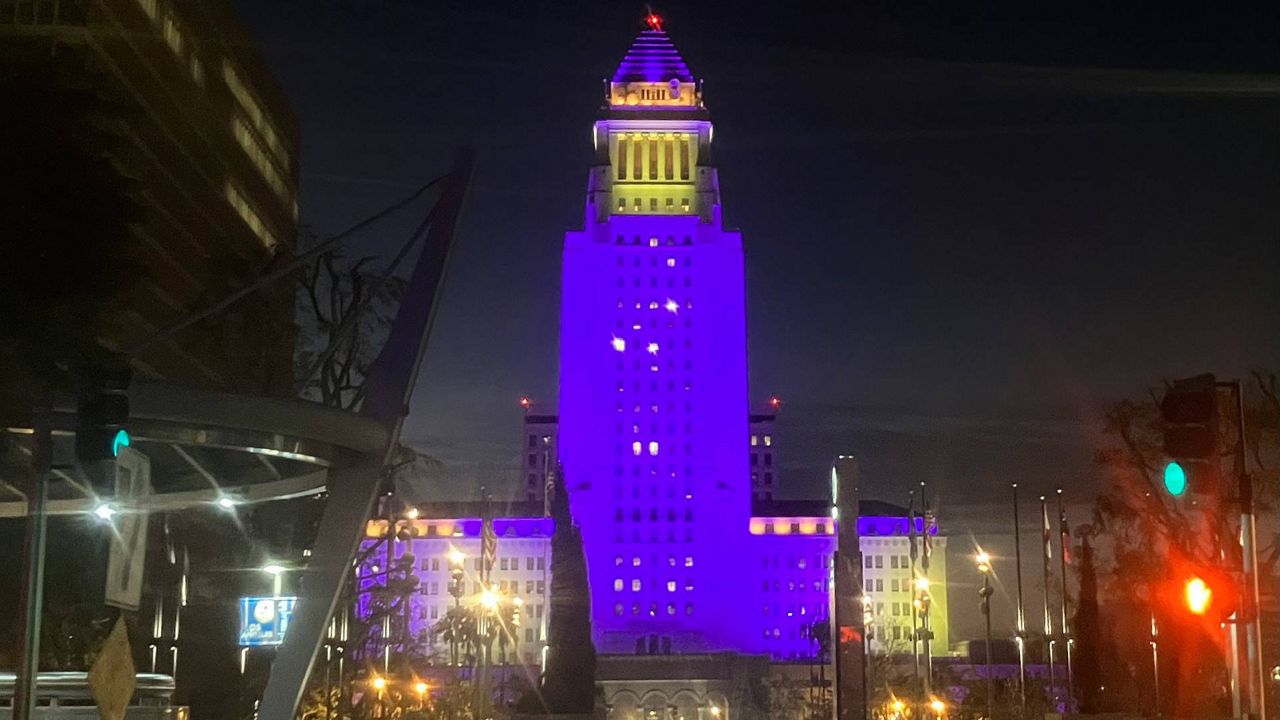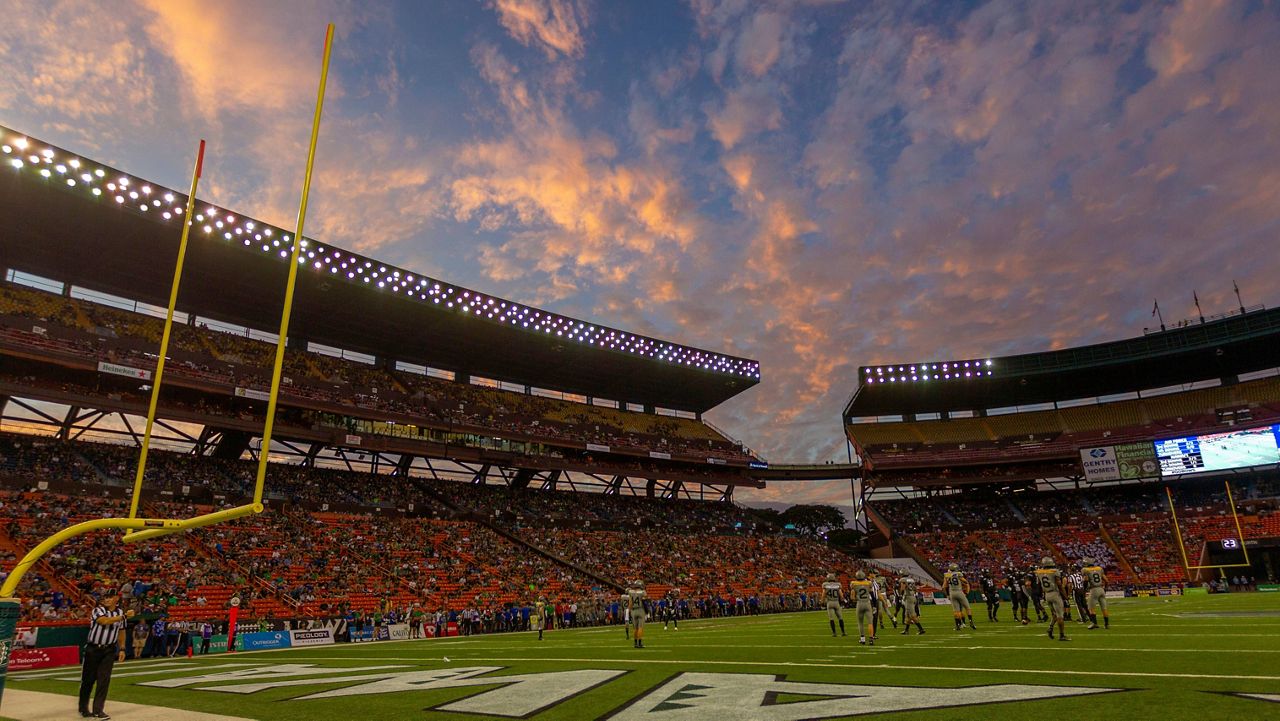HONOLULU — The future of the embattled New Aloha Stadium Entertainment District project remained uncertain following the Stadium Authority’s monthly meeting on Thursday.
Eight days after it was first reported that Gov. David Ige put a stop to the Request For Proposals process that called for public-private partnership bidding, the eight-person stadium board was still struggling to figure out the direction that the $400 million project will take.
Questions of jurisdiction, or kuleana, dominated the hybrid in-person and remote conversation between Mike McCartney, the director of the Department of Business, Economic Development and Tourism, and his fellow Stadium Authority board members.
It boiled down to these: Who gets to decide what type of development will be undertaken, and what entity will take point on the undertaking?
There were no easy answers for the Stadium Authority, which is in the process of shifting from the Department of Accounting and General Services to DBEDT, per recently passed legislation.
McCartney led off the core portion of the meeting by apologizing to the board for the way that the news of the halting of the RFPs circulated through the media before other state entities were informed. Ige subsequently told the public he would make an announcement on a new plan within three weeks.
“I take responsibility for making sure there’s effective communication, and this is a transition,” McCartney said.
But he left no doubt that the Ige administration, and by extension DBEDT, now considers the public-private partnership, or P3, model a nonstarter.
“They’re not going forward,” McCartney said of those RFPs. “We’re not going to put those procurements forward.”
He did not say what entity the Ige administration wishes to lead the way in lieu of a private bidder, but he said possibilities included the University of Hawaii, DAGS, DBEDT, or that the project could even fall to the county level.
UH has given the idea a lukewarm reception. Athletic Director David Matlin, appearing virtually at the meeting prior to McCartney's in-person appearance, said that the university is focused on its planned expansion of the Clarence T.C. Ching Athletics Complex to reach a capacity of at least 15,000 by the 2023 football season.
Board member Michael Yadao repeatedly sought clarification from an attending member of the state attorney general’s office as to whether the Stadium Authority was the entity that calls the shots on the new stadium development plan. The AG representative affirmed that it still is — technically. Ultimately, the governor has the power to withhold funds on a plan.
Ige leaves office in a matter of weeks. The two major candidates for governor are Lt. Gov. Josh Green (D) and former Lt. Gov. Duke Aiona (R).
Board member Claire Tamamoto voiced reservations about the new plan coming so close to an administrative handoff in early December.
“We’re putting things in motion to ensure a smooth transition. And so the work continues,” McCartney replied. “And that’s what this discussion is about, because it is going to transition to a next administration. And so we need to put … things in place and execute legislative intent.”
State Sen. Glenn Wakai, whose purview includes the 98-acre Halawa site of Aloha Stadium, attended the meeting virtually and attempted to ask questions of the board at the end of the members’ discussion but was overridden by vice chair Brennon Morioka.
Wakai, a longtime champion of the mixed-use concept of the stadium grounds, told the board that McCartney mischaracterized the intent of the Legislature, which approved $350 million in bonds for the stadium plus another $50 million for operations. He repeated that to Spectrum News in a phone interview afterward.
“He is not in charge of the buildout of the stadium. The Stadium Authority is,” Wakai said. “Whether the Stadium Authority wants to do design/build or P3, that is their kuleana.”
He acknowledged that funding can be pulled by Ige, for whom he expressed exasperation.
“The governor should quietly just go away and let the next administration carry the ball. I mean, all of this that’s going on is disruptive, and it’s very confusing to the public, and confusing to all of us,” Wakai said.
He added that the P3 model can still be salvaged.
“It’s obvious that Mike and Ige don’t like the idea of a (P3), which is exactly what the Stadium Authority wants to do,” Wakai said. “So, they’re not going to release the funds. We’re just going to be staring at each other at the corral, waiting for someone to blink. And waiting for Dec. 5 when Josh Green becomes governor to move this project downfield.”
The board gave indications it was not ready to abandon the P3 concept, at least not in its entirety. Morioka said he would prefer to keep the RFP for the mixed-use portion of the project.
The RFPs have been in the works for nearly two years.
“Once we terminate, then there’s no turning back,” Morioka said. “You basically start a procurement from scratch.”
Chris Kinimaka, Public Works Administrator with DAGS, appeared virtually and said early in the meeting that the existing P3 model remains viable “with significant dividends to be earned over the 30-year period of the project.”
She added that the necessary Environmental Impact Statement for the new stadium has been signed off by Ige and will be final in late November.
Board member John Fink, also appearing virtually, reminded his peers at the close of the meeting that every month of delay will cost an estimated $2 million and could lead to discussions of edits to the stadium plans.
“I just want to make sure that we all realize if we start cutting back on those things that are going to make this a world-class arena and facility, there’s going to be a price to pay for that too,” Fink said.
Meanwhile, Aloha Stadium signage, seats and other memorabilia from the 48-year-old facility have gone up for sale at Oahu Auctions. The online auction ends Oct. 26.
Brian McInnis covers the state's sports scene for Spectrum News Hawaii.








